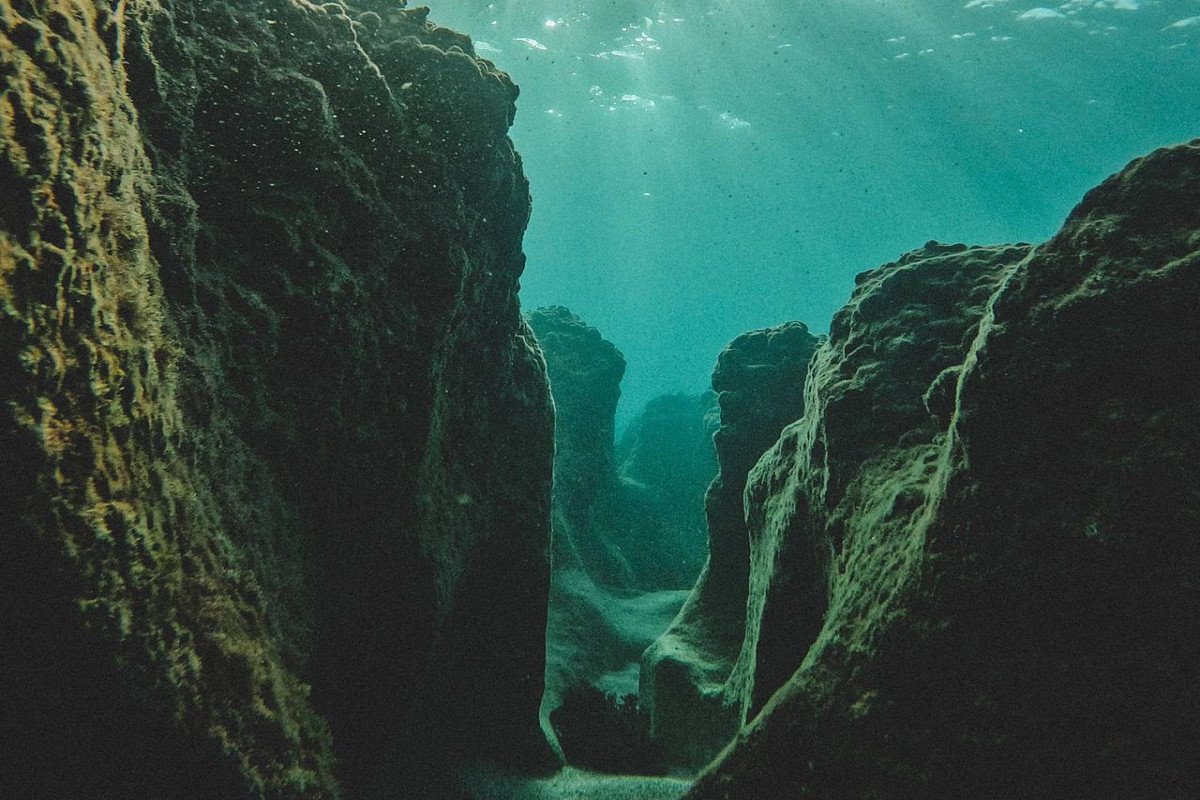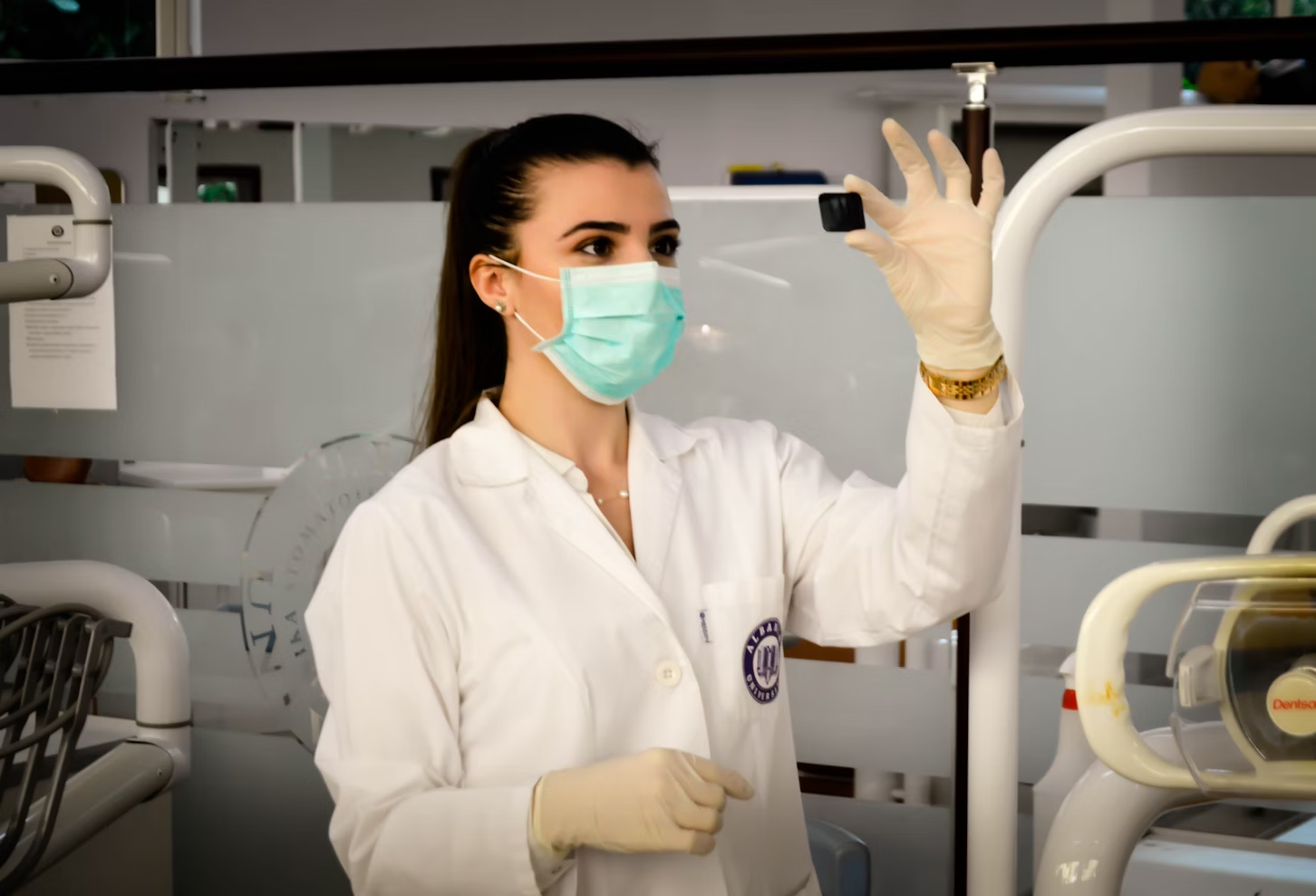Exploring the Depths: An Overview of Oceanography and Its Subdisciplines

Oceanography, also known as ocean science, is the systematized scientific understanding of the ocean. Some of the themes addressed under oceanography include marine and wildlife and biological oceanography, physical oceanography, geological oceanography, fluid dynamics and coastal oceanography, amongst others.
Oceanography is one of the sciences that is characterized by the interdisciplinary approach. They have components that work in harmony and collectively as part of the ocean’s property and process. The chemical nature of water, for instance, determines its suitability for supporting a particular kind of organism. Consequently, organisms deliver sediments to the geology of the seafloor, passing it through a network of ecological relationships. Because subdisciplines are developed out of these general relationships, oceanographers must have at least a general knowledge of them in order to study a particular topic.
Subdisciplines of Oceanography
Some of the topics of interest in oceanography are grouped under four main branches of specialization. A subdiscipline is a lower order division of a larger subject or discipline. Marine scientists work in the biological, physical and geological and chemical category of the marine environment.
Biological Oceanography
Biological oceanographers learn how each of the subdivisions of oceanography affects the others or alone determines the organization of marine plants and animals and how organisms of the sea behavior and growth is controlled by the environment. Marine biologists and fisheries scientists belong to the sub-field of biological oceanographers.
Biological oceanographers also study such aspects as species’ response to changes in favorite conditions and disturbances, for example, pollution, water warming and others both natural and artificial ones. Natural disturbance can therefore entail the eruption of an underwater volcano or a hurricane, while artificial disturbance can be an oil spill or overfishing.
The Cetacean Sanctuary Research Project is an undergraduate marine biology field course that is centered on the cetaceans of the Pelagos sanctuary in the north western Mediterranean. Several human activities are considered dangerous to these species; the increase in sea traffic, urban pollution, and the search for oil and natural gas. Through studies of cetacean behavior inside this stressful environment, direct aims to save Pelagos’ marine species as well as advance recognition of the species from the coastal population.
In order to determine the particulars of these species and their behavior, geographic location, movement, and the size of groups are logged. They document their vocalization, breathing organs, and surface and aerial behaviors so as to see how the cetaceans relate with one another and other species in the ocean. Fecal and skin samples are used in order to provide data on social contacts, sexual behavior and feeding preferences. The Project of Cetacean Sanctuary Research has gathered one of the biggest databases on Marine Mammals in the Mediterranean.
Biological oceanography is opening to new technologies. Marine technology deals with utilization of marine organisms in the creation of new industrial, medical and ecological products.In the biomimetic process, biologists imitate the various properties of a marine species, they study these features in intended isolation then produce them. It is important to point out that any efficacy of the above-mentioned compound is caused by natural compounds which can be found in corals as well as in other marine organisms and which possess unique ability to destroy cancer cells. Antifreeze proteins discovered in the ocean algae and bacteria are in the process of being incorporated into shape-shifting, oil-eating sponges that may well be used for the next time around. By genetic engineering of ecological marsh plants, salt-tolerant land crops have been produced.
The practical utility of this research can be almost limitless since a majority of marine species is more than eighty percent of all other living organisms on the planet.
Physical Oceanography
In physical science, physical oceanographers focus on the interaction of the physical attributes of the ocean and the atmosphere, the seafloor, and the coast. They study sea temperatures, seawater densities, waves, tides, and currents. They also concern themselves with the ways in which the ocean interfaces with the atmosphere of the Earth to create weather and climate.
In its coastal states, for example, South African oceanographers have helped to investigate the complexity of water movement around the southern prominence of the African continent. This current, known as the Agulhas Current, forms part of a larger looped system in the earth’s ocean known as the ocean conveyor belt system or the great ocean circulation that moves water around the earth based on factors such as density, wind, and currents. Some physical oceanographers have said that the volume of water exchanged between the warmer waters of the Indian Ocean and the cooler currents of the Atlantic south of Africa has risen, a phenomenon known as the Agulhas leakage.
This phenomenon has tied the phenomenon of the increased Agulhas leakage to global warming.
There are predictions by physical oceanographers that an acceleration of global warming will reduce the circulation of the ocean’s conveyor belt and pose new threats to climate and weather conditions. There is physical evidence that as temperatures increase, particularly on polar caps, ice melts and water volume as well as salinity reduces and density decreases. Sea water, when the temperature intensifies, expands, enabling the increase in the rate of sea level.
Geological Oceanography
Characteristics of the ocean floor are investigated by paleo oceanographers and other geological oceanographers with reference to their current composition. They study the history of underwater topography and define its evolution and transformations. They also pay a lot of attention to the variables of the physical and chemical nature of rocks and sediments of the seafloor.
Field work and scientific drilling programs have been carried out on JOIDES Resolution, an international scientific drillship. Resolution collaborates to drill cores of sediment and take measurements beneath the ocean floor and. This research assists the scientific fraternity to have an understanding of our past climates, hence our paleoclimate. Paleoclimatology is however the scientific discipline which attempts to investigate the weather and climate for the past several hundreds of millions of years. The conditions of the seafloor are comparable to the conditions that occurred on Earth in the past, and therefore are of great use when attempting to forecast our future climate.
In December 2010 oceanographers and other scientists on board the Resolution followed the Louisville Seamount Trail, a chain of underwater volcanoes situated in the South Pacific next to New Zealand. These volcanoes were formed by a hot spot and to study the history of this formation the vessel drilled sediment-cores at six stations. The findings of this research will enable the determination of how the landforms form and transform.
Chemical Oceanography
Chemical oceanography, societal and environmental concerns, technology and methods include understanding the chemical makeup of seawater, and the impacts of the sea water chemistry on marine plant and animal life, the atmosphere, and the seabed. They relate chemicals such as salts in the seawater to determine how water in the oceans circulates around the globe, the ocean conveyor belt. Chemical oceanographers explore how the seafloor stores this carbon from carbon dioxide in order to appreciate how the oceans regulate greenhouse gasses like carbon dioxide that greatly contribute to global warming. Chemical oceanographers also concern themselves with changes in composition of seawater by pollutants. They might focus for example on the strange and sometimes deadly liquids produced by the black smokers/ fumaroles of the sea floor.
Chemical oceanography has several major subjects, among which ocean acidification is especially significant. Water is getting more acidic due to an increase in the level of carbon dioxide in the atmosphere. Acid alters the process of calcium carbonate; basis for shells and corals in the seas.
Many of the shells along the Pacific Northwest of the United States of America have been threatened by reduced productivity due to ocean acidification. Chemical oceanographers in OR assist growers of shellfish change the systems they use in a bid to reduce the input of the acidic water. They also conduct tests to determine the level of non-inspiring impact on shellfish by acidification. This research shall dovetail with other related researches that seek to alleviate the adverse effects of ocean acidification among shellfish and corals the world over.
History of Oceanography
The field of oceanography is intimately associated with the past of exploration and colonialism, the interaction of nations, militarism, and scientific activity.
Local Polynesians are thought to have been the first sailors and began their journey 30,000 years ago from the western coastal region of the Pacific Ocean and moved to occupy New Guinea, Fiji, Samoa, and Hawai’i, among others. Polynesians used their skills in astronomy, specifically concerning the position of stars and planets together with the prevailing currents of the ocean in their travels. These data they used to develop the first oceanographic charts. Cones and coils symbolized the plan of islands while arches and curly pieces of wood reflected direction and power of the waves and streams in those islands. These stick charts were developed, modified and handed over from one generation to the other for 25000 years.
Since the period of 1400s, Europeans have deployed the sea to settle in other territories, and develop efficient means of finding market commodities. The first one was founded by Prince Henry of Portugal, called Henry the Navigator, who established the first center for oceanography in which scholars as well as merchants studied ocean currents and maps.
These new studies lead to the Age of Exploration where European navigators and explorers included; James Cook, Christopher Columbus, and Ferdinand Magellan embarked on explorations around the globe. Tools used to navigate the ocean were also developed and enhanced at this period for instance the mariner’s compass, the astrolabe as well as the chronometer. Because of the accuracy of time measurement aboard a moving ship, the chronometer could help work out the longitude, the biggest breakthrough in maritime navigation.
One of the earliest sources of information on seascapes is a publication of the results of the Challenger expedition (1873-1876) in the book Science of the Sea published in 1912. The scientific principles described in this book are drawn from little or no evidence and yet are still great. For instance, the map of sediment-accumulation rates in Science of the Sea is presented in it. The relative rates were measured in terms of the number of sharks’ teeth per unit volume of the sediment collected. Whenever there were numerous sharks’ teeth in the sample of sedimentation, it was quantified that the rate of sedimentation was extremely slow. Whenever few sharks’ teeth were found, the sediment level was rated as very high. From these data the members of the Challenger expedition determined the relative proportions of sediment in the sea-water.
Military technology helped in the study of the world’s oceans. The incursion of submarines from the U. S Civil War called for the invention of sonar and the magnetometer. Sonar entails the use of sound waves that are sent by a ship and the time taken for them to be reflected back by objects in the water. Sonar allows scientists to get better distances from the surface of the water to the bottom of the ocean and do it in less time than the rope depth-soundings of the ship Challenger. The example of the apparatus used with that end is the magnetometer that was invented to find metal hulled submarines and is employed to measure the magnetic field at the ocean floor by the oceanographers . All these measurements have boosted knowledge of Earth’s magnetic core.
Advanced computer technologies since the early 1970s have assisted in quantification of ocean properties on a global scale. The first civilian oceanographic satellite was launched by NASA for the United States in 1978 under the name SEASAT. SEASAT had wind speed and direction, sea surface temperature measurement, polar sea-ice conditions, and surface wave measurements. SEASAT also gave pictures of cloud, land and water cover features. In 105 days of operation, SEASAT got as much oceanographic information as the prior 100 years of oceanographic exploration on ship. Another NASA satellite, TIROSN created the first ever sea-surface temperature and chlorophyll maps, the latter is a green protein, needed in order to produce energy in the form of food.
During the late 1970s the U. S. National Oceanic and Atmospheric Administration (NOAA) decided to anchor a number of buoys in the eastern tropical Pacific Ocean. This network is called the Tropical Atmosphere Ocean array and includes seventy buoys which transmit oceanographic and atmospheric information to the shore through a satellite link in real time. This has enhanced our chances of predicting global climate processes such as El Niño.










